ESG / CSR
Industries
Smart Grids: Everything you Need to Know
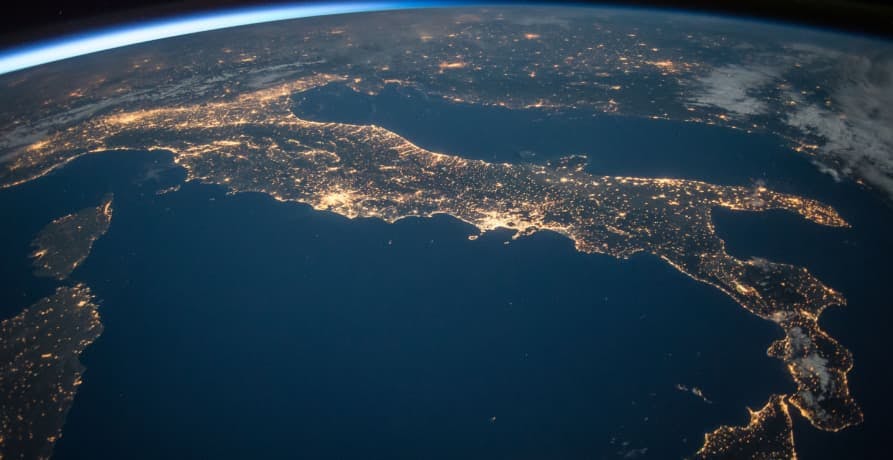


Smart grids, also known as smart electricity grids, are game changers when it comes to how we use power. Fuelled by the digital and tech revolution of recent decades, and our love for smart devices, smart grids are popping up all over the globe.
They're not just about reducing our electricity bill, but also about keeping a close eye on and having better control over our power supply. With their smart balancing act between supply and demand, they're paving the way for a more efficient, resilient, and eco-friendly power system.
👉 In this article we’ll explore what smart electricity grids actually are, how they work, and the benefits of using them.
What is a smart grid?
Smart grid: definition
The concept is straightforward: use real-time data to balance electricity flows, thereby enhancing energy efficiency, facilitating distributed energy resources, and improving the overall electricity supply system across the grid. In essence, this smart power generation methodology paves the way for a more sustainable energy system.
In more technical terms, a smart grid is an "IoT-enabled application," which means it facilitates the exchange of electricity and information between utilities and customers. This two-way data flow is what earns the grid its "smart" title, proving beneficial for all involved parties.
Key components of smart grid technology include sensors, wireless modules, monitoring systems, and robust ICT infrastructures.
👉 A quick refresher on IoT: The Internet of Things (IoT) refers to a system of interconnected computing, mechanical, and digital devices, each assigned unique identifiers (UIDs). These devices can transfer data over a network without necessitating human-to-human or human-to-computer interaction.
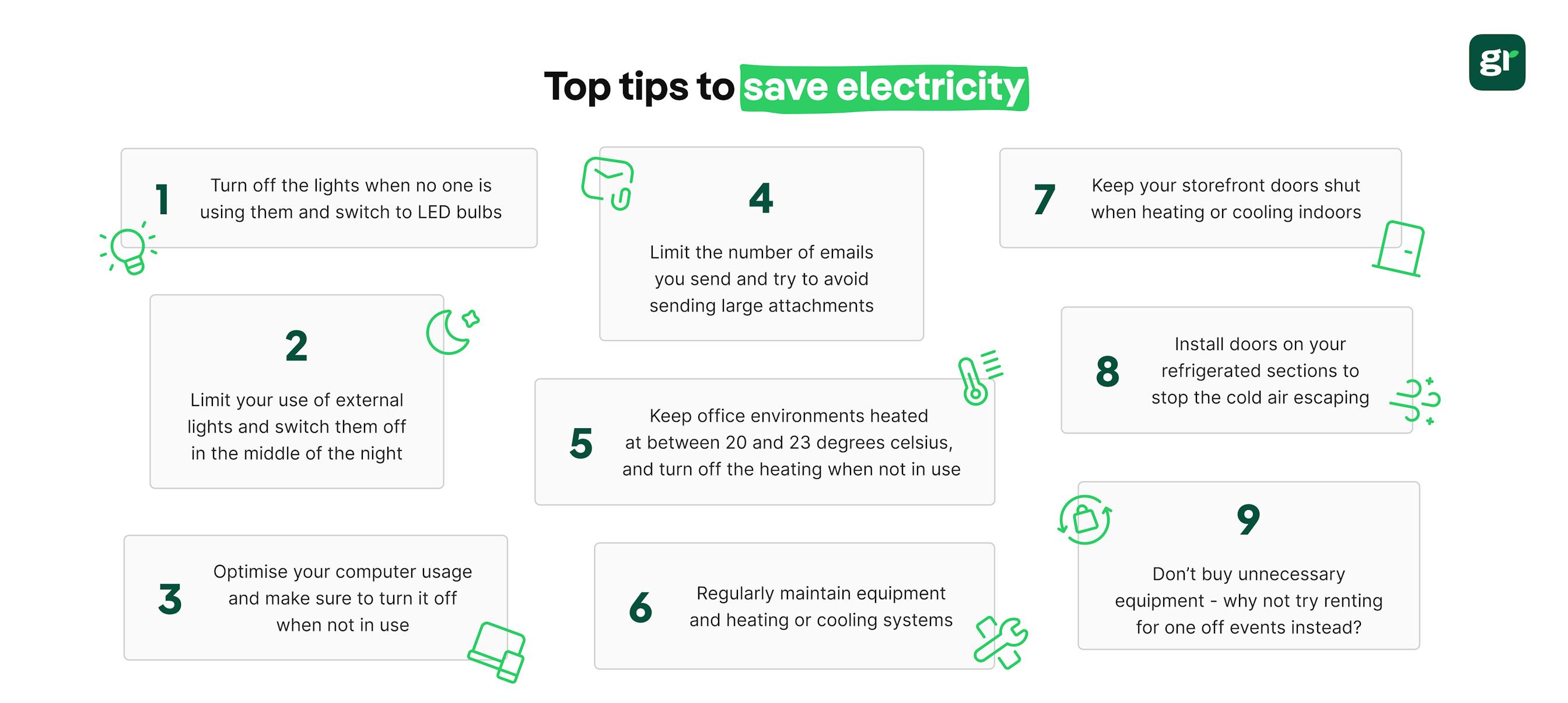

How does a smart grid work?
Unlike conventional energy grids, which function on a one-way distribution model from producer to consumer, smart grids employ IoT technology to establish a new, intelligence-based model that integrates monitoring capabilities. This modernized approach hinges on two key elements: energy and data.
Through the real-time exchange of data facilitated by smart meters, we can now gain precise insights into when and how electricity is used. IoT devices and technologies then enable power grids to communicate with each other to balance supply and demand effectively, preventing network overloads and resulting in a more secure electricity supply.
How do smart grids compare to traditional electricity networks?
For many years, we relied on a relatively straightforward ‘National Grid’ model to meet our electricity needs. This model consisted of a few large-scale power stations - typically fueled by fossil fuels or sometimes nuclear energy - that transmitted power over extended distances to homes, commercial and retail buildings, factories, hospitals, schools, and various other locations.
These traditional electricity grids, however, operated on a demand-driven basis with no storage capabilities, structured in a hierarchical manner. This structure stands in stark contrast to the more interconnected, dynamic nature of smart grids. The traditional approach often led to inefficiencies and lacked the flexibility afforded by the smart grid's two-way communication and real-time data analytics.
As we shift towards renewable energy sources and face fluctuating demand patterns, the adaptability, and resilience of smart grids become invaluable. They represent a crucial component of our journey towards a sustainable future, ensuring efficient power usage and supply.
👉 To learn more about the challenges of traditional energy grids, check out our article on the topic
Why should we use smart grids?
To ensure a good balance between supply and demand
Smart grid technologies offer several significant advantages, one of the most notable being their ability to maintain an equilibrium between energy supply and demand. This function is critical given the inherent challenges of storing electricity and the potential consequences of failing to meet demand.
To put it simply, when there's a need for electricity, energy providers must immediately channel the requisite amount of energy into the grid. If the energy supply is insufficient, the frequency drops, and when this gets too low, an automatic load-shedding plan kicks into action to prevent power outages. If the frequency continues to decline, power plants could shut down sequentially, leading to a complete grid failure, or in other words, a power blackout.
On the other hand, when there’s too much electricity in the power system and not enough demand, the electrical frequency increases. And since some power plants can only operate within a certain frequency range, there is the potential risk that they disconnect from the power grid as a result.
Therefore, the critical balance between supply and demand plays an important role in maintaining the functioning integrity of the whole electricity supply system. Smart grids, with their capabilities to detect power surges, blackouts, technical energy losses, waste, and fraud, are perfectly suited to this task.
Moreover, they can autonomously respond to sudden spikes or drops in energy demand - such as during a heatwave or post-storm - ensuring that the electricity supply remains steady and efficient. This efficiency leads to significant cost savings that are passed on to consumers, benefiting both utility providers and end-users. In essence, smart grids play an indispensable role in managing high power demands and low energy availability scenarios, significantly reducing the risk of power blackouts.

To answer growing electrical needs
The need to optimize transmission lines, power grids, energy-efficient resources, and the entire electricity network has become more crucial than ever. The reason is straightforward: the demand for electricity is continually on the rise.
Consider the growing number of electric-powered appliances we use daily. From air conditioning, electric heating, and multimedia devices to electric cars and kitchen appliances... the list goes on. In our connected world, power outages not only disrupt those working remotely but also pose significant risks to active power plants.
This is where smart grids step in. With real-time data sharing enabled by smart meters, suppliers and grid operators can more effectively manage this escalating demand. According to the Electric Power Research Institute, smart grids' ability to track and control energy usage patterns can lower power costs and decrease greenhouse gas emissions over time, demonstrating the invaluable role of smart grids in our increasingly electrified world.

To support the energy transition
The adoption of renewable energies like solar power is often hampered by their dependence on unpredictable weather conditions, which leads to intermittent production. When there are spikes in energy consumption, renewable sources may not always be able to generate the required capacity to meet the needs of consumers and power systems effectively.
However, smart grids present a remarkably effective solution, facilitating our shift towards sustainable energy. Smart grids offer a more comprehensive view of energy supply and demand. They not only provide detailed insights into energy consumption patterns but also facilitate efficient management of resources.
With a smart grid, it’s easier to harness the power produced by renewable energy sources during optimal conditions, store it effectively, and use it during periods of high demand or when renewable sources can't generate enough power. This optimizes the integration of renewable energy into the grid, minimizes waste, and promotes a more reliable and sustainable energy system.
Furthermore, smart grids can adjust energy distribution based on real-time data, reducing the strain on the grid during peak usage times. This helps to prevent outages and enhances the overall reliability of the power system. The result is a more resilient and adaptive power system that can fully leverage the potential of renewable energy sources while meeting consumers' energy needs in a more efficient and sustainable way.
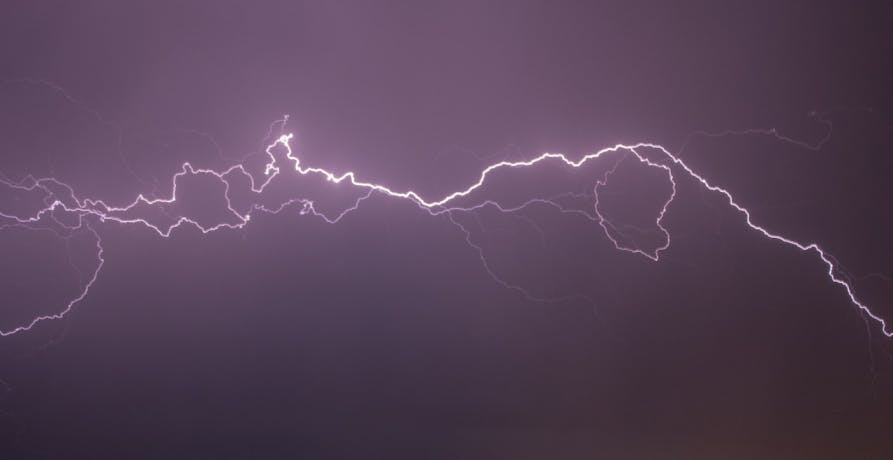
Main benefits of smart grids
Manage your electricity consumption
Smart grids provide an in-depth understanding of your electricity usage. By pinpointing your key consumption patterns, you can focus on specific areas to reduce your energy usage.
Smart grids empower consumers to manage their energy expenditure more efficiently. For example, they can strategically avoid peak consumption times when using or recharging their devices. This, combined with the incorporation of more renewable energy sources like solar and wind power, means that many can expect to see their energy bills decrease.
What's more, is that smart grids play a pivotal role in decentralizing electricity production. The rising popularity of solar panels means more consumers can produce their own electricity, which is directly fed into their home grid. This is a huge advantage and a boost to system reliability – particularly beneficial for those with electric vehicles.

Benefit from customized electricity offers
Smart grids also present numerous benefits for energy suppliers. By gaining a deeper understanding of their customers' unique energy usage, they can tailor their services to fit individual needs. This approach paves the way for custom solutions that cater to each customer's requirements and budget.
In this regard, smart grids are now emerging as a significant competitive advantage, potentially enabling energy suppliers to refine their commercial offerings, in line with the data gathered from real-time information systems.
This is yet another strategy to fine-tune electricity production, aiming to combat waste and lessen its environmental impact.
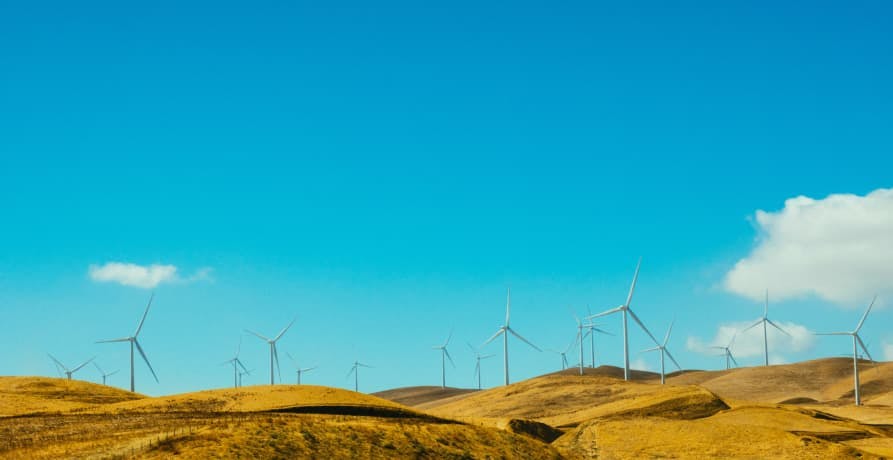
Secure electricity supply
A smart grid represents a new, powerful management tool. For energy providers like utility companies, the real-time stream of data can be utilized to spot potential system-wide issues.
In practical terms, by leveraging integrated technologies, such as smart appliances, network managers can readily identify and pinpoint issues like power surges, blackouts, or technical energy losses. They can undertake maintenance, remediation, and remote control operations, to ensure the seamless operation of the electrical system. Advanced metering infrastructures offer significant assistance to the energy industry in enhancing and efficiently running existing services.
Moreover, these utilities can instantly determine when, where, and how to distribute the precise amount of electricity. Smart grids are more than just cost and reliability optimization tools; they also provide a safety net, helping energy providers steer clear of potential system overheating.
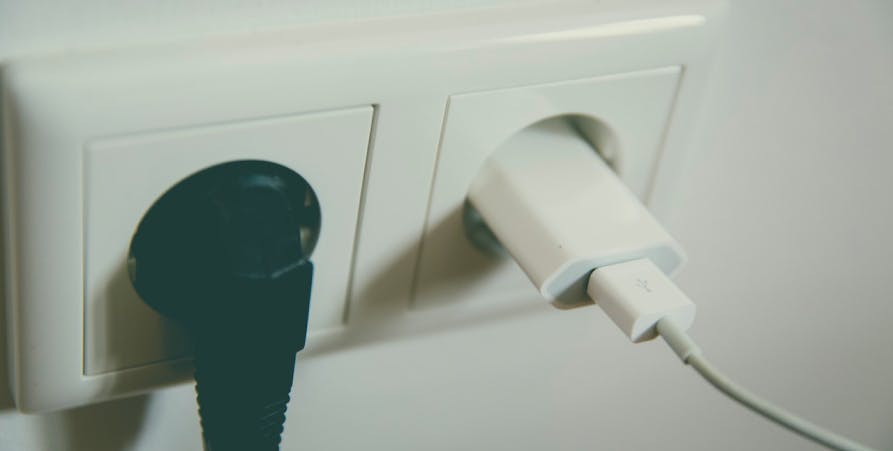
9 tips to save electricity as a company
For any business, minimizing electricity consumption is paramount. Not only does it significantly cut back on energy expenses, but it also plays a vital role in reducing greenhouse gas emissions. In fact, lowering your electricity usage is one of the most straightforward methods to combat climate change.
Ready to start? Here are some practical tips to guide your journey toward energy efficiency.
1. Turn off lights when not in use
It may seem like a no-brainer, but it's surprising how many businesses overlook this simple step. Always make a habit of turning off the lights when they're not in use. Unless your office operates round-the-clock, chances are there's no need for lights during the night, weekends, or any off-duty periods. You'll be amazed at the electricity savings this small change can bring about.
2. Minimize exterior lighting
Exterior lights, including advertising displays, often remain illuminated long into the night, typically past their point of usefulness. Consider turning off these lights around 1 a.m. or even earlier to conserve energy.
If, for certain reasons, cutting back on exterior lighting isn't feasible, you can still opt for energy-efficient bulbs for these fixtures. This compromise allows you to implement energy-saving measures in a cost-effective manner, which can lead to decreased energy bills and more efficient power utilization.

3. Optimize your computer use
Computers, though small, can be a significant source of power usage within an organization. However, the upside is that it's relatively simple to enhance their energy efficiency with a few best practices:
Consider powering down computer monitors completely during off-hours. Opt for laptops, which generally consume 50 to 80% less energy compared to desktop computers. Consolidate your printing needs to fewer, multi-purpose devices to further reduce energy demand. Such strategies not only lower electricity consumption but also contribute towards a more eco-friendly workspace.
4. Mindful Email Practices
The transition towards digital communication can sometimes obscure the environmental footprint of such mediums. Specifically, emails can be surprisingly energy-intensive.
To mitigate this, try to minimize sending large attachments. Consider limiting the number of recipients per email, and regularly declutter your inbox. Adopting these practices not only helps save energy but also contributes to more efficient digital communication.
5. Regulate Indoor Heating
Particularly relevant for office spaces, managing heating can make a significant difference in energy consumption. It's essential to keep in mind a few basic guidelines: avoid heating rooms that are unoccupied, and maintain an appropriate temperature in occupied ones.
For reference, optimal temperatures are between 20°C and 23°C in occupied spaces, 16°C (61°F) when the premises are empty, and 8°C (46°F) if the building is unoccupied for over two days.
Besides reducing energy use, maintaining an appropriate indoor temperature also enhances employee productivity. Maintaining a comfortable workspace is a win-win situation for both energy conservation and workforce efficiency.

6. Regularly Service Your Heat Pump or Air Conditioning Units
Though it might seem obvious, it's essential to emphasize that neglecting the maintenance of your equipment can lead to malfunctions and potential energy overuse. So, ensure a regular upkeep schedule for your systems.
Please note, as a business, conducting periodic checks on these installations isn't merely a suggestion; it's often a legal requirement too. Proper maintenance safeguards the efficiency of your systems and keeps you in compliance with regulations.
7. Keep Your Storefront Doors Closed
For retail businesses, it's crucial to keep your store doors shut, especially when using heating or air conditioning systems. Leaving them open unnecessarily leads to a significant waste of energy trying to maintain indoor temperatures while battling external conditions.
Moreover, it results in substantial energy expenses. The simple act of keeping your doors closed can help you reduce your carbon footprint and conserve funds. It’s a win-win!
8. Install Refrigerated Doors on Your Cooling Shelves
Here's an important tip for grocery or supermarket managers: consider fitting your fresh produce shelves with refrigerated doors. These doors help retain the cold air within the refrigerated area, preventing it from seeping out and chilling non-refrigerated sections. Over time, this simple adjustment can lead to substantial energy conservation and financial savings.

9. Avoid Purchasing Unnecessary Devices
Think twice before purchasing additional devices that might not be essential for your company's operations. More equipment means higher electricity consumption, which translates into increased energy expenses. Whether it's specialized machinery, electronic gadgets, or office appliances, buy only what your business frequently uses and genuinely needs.
For one-off events or infrequent needs, consider renting or leasing equipment rather than buying. This approach helps conserve energy and can lead to significant cost savings.
👉 To learn more about energy efficiency, why not read our article on the topic.
👉 Or discover the difference between energy efficiency and energy conservation, check out our article here.
Round up
In contrast to traditional energy grids, which operate on a one-way distribution model flowing from the producer to the consumer, smart grids leverage IoT technology to create a new, dynamic model founded on intelligence and real-time monitoring. This innovative approach relies on two central pillars: energy and data.
With real-time data sharing enabled by smart meters, we're now privy to accurate information about when and how we consume electricity. Following this, IoT devices and technologies equip power grids with the ability to interact with each other, achieving a balanced supply and demand. This effective communication prevents network overloads, contributing to a more reliable and secure electricity supply.
Moreover, in an energy landscape that's constantly being reshaped by factors like decarbonization, decentralization, and digitalization, smart grids are a beacon of adaptability. They handle the integration of diverse power generating sources, from massive wind farms and traditional power plants to small privately-owned units, with remarkable efficiency. IoT technology facilitates this transformation, making the grid "smart" through two-way communication and real-time monitoring.
In essence, smart grids, much like the internet, evolve into an integrated system of controls, computers, automation, and cutting-edge technologies, all working in unison. This integration allows the smart electrical grid to digitally respond to quickly fluctuating electricity demands, ensuring a more efficient and secure power supply.
What about Greenly?
At Greenly we can help you to assess your company’s carbon footprint, and then give you the tools you need to cut down on emissions. Why not request a free demo with one of our experts - no obligation or commitment required.
If reading this article has inspired you to consider your company’s own carbon footprint, Greenly can help. Learn more about Greenly’s carbon management platform here.



